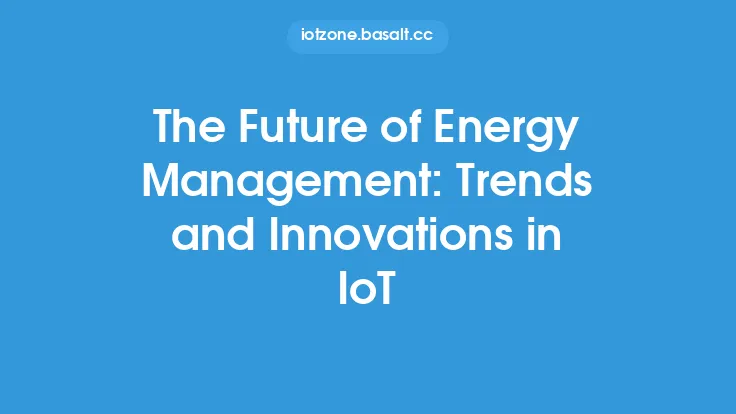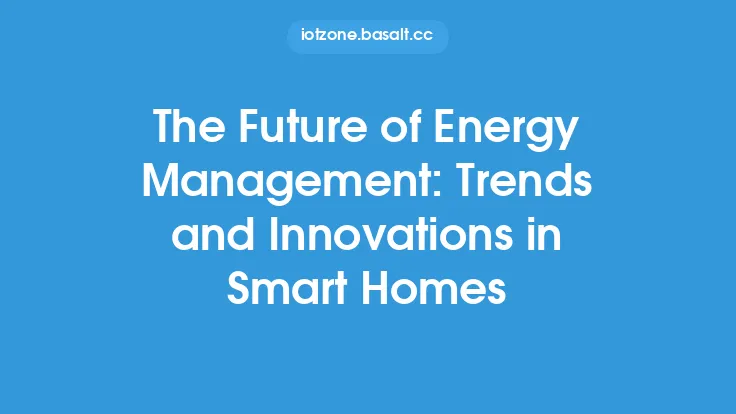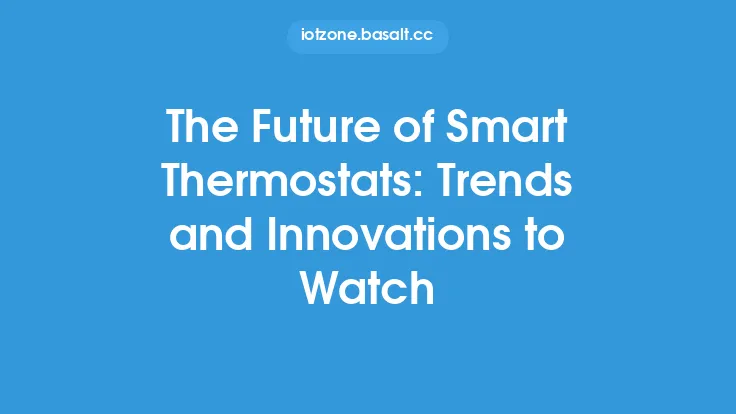The concept of wearable energy harvesting has been gaining significant attention in recent years, and it is expected to play a crucial role in shaping the future of wearable technology. Wearable energy harvesting refers to the process of capturing and converting ambient energy into electrical energy, which can be used to power wearable devices such as smartwatches, fitness trackers, and smart glasses. This technology has the potential to revolutionize the way we interact with wearable devices, enabling them to be more efficient, sustainable, and autonomous.
Introduction to Wearable Energy Harvesting Technologies
Wearable energy harvesting technologies can be broadly classified into several categories, including kinetic energy harvesting, thermal energy harvesting, solar energy harvesting, and bio-electric energy harvesting. Kinetic energy harvesting involves capturing the mechanical energy generated by human movement, such as walking or running, and converting it into electrical energy. This can be achieved through the use of piezoelectric materials, which generate an electric charge in response to mechanical stress. Thermal energy harvesting, on the other hand, involves capturing the heat generated by the human body and converting it into electrical energy. This can be achieved through the use of thermoelectric materials, which generate an electric current in response to temperature differences.
Advances in Materials and Technologies
Recent advances in materials and technologies have enabled the development of more efficient and effective wearable energy harvesting systems. For example, the development of new piezoelectric materials with high energy conversion efficiency has enabled the creation of more efficient kinetic energy harvesting systems. Similarly, the development of new thermoelectric materials with high figure of merit has enabled the creation of more efficient thermal energy harvesting systems. Additionally, the use of advanced technologies such as nanotechnology and metamaterials has enabled the development of more efficient and compact wearable energy harvesting systems.
Energy Storage and Power Management
Energy storage and power management are critical components of wearable energy harvesting systems. The energy generated by wearable energy harvesting systems is often intermittent and unpredictable, and therefore requires advanced energy storage and power management systems to ensure stable and efficient power supply. This can be achieved through the use of advanced battery technologies such as supercapacitors and lithium-ion batteries, as well as advanced power management systems such as DC-DC converters and energy harvesting circuits.
Applications and Use Cases
Wearable energy harvesting has a wide range of applications and use cases, including consumer electronics, healthcare, and industrial automation. For example, wearable energy harvesting can be used to power smartwatches and fitness trackers, enabling them to be more efficient and autonomous. Additionally, wearable energy harvesting can be used to power medical devices such as pacemakers and insulin pumps, enabling them to be more reliable and long-lasting. Furthermore, wearable energy harvesting can be used to power industrial automation systems such as sensors and actuators, enabling them to be more efficient and autonomous.
Challenges and Limitations
Despite the many advantages and benefits of wearable energy harvesting, there are several challenges and limitations that need to be addressed. For example, wearable energy harvesting systems often have low energy conversion efficiency, which can limit their ability to generate sufficient power. Additionally, wearable energy harvesting systems can be bulky and uncomfortable to wear, which can limit their adoption and use. Furthermore, wearable energy harvesting systems can be expensive and complex to design and manufacture, which can limit their accessibility and affordability.
Future Directions and Opportunities
The future of wearable energy harvesting is expected to be shaped by several trends and innovations, including the development of new materials and technologies, the advancement of energy storage and power management systems, and the expansion of applications and use cases. For example, the development of new piezoelectric materials with high energy conversion efficiency is expected to enable the creation of more efficient kinetic energy harvesting systems. Additionally, the advancement of energy storage and power management systems is expected to enable the creation of more stable and efficient wearable energy harvesting systems. Furthermore, the expansion of applications and use cases is expected to enable the adoption and use of wearable energy harvesting systems in a wide range of industries and domains.
Conclusion and Recommendations
In conclusion, wearable energy harvesting is a rapidly evolving field that has the potential to revolutionize the way we interact with wearable devices. The development of new materials and technologies, the advancement of energy storage and power management systems, and the expansion of applications and use cases are expected to shape the future of wearable energy harvesting. To fully realize the potential of wearable energy harvesting, it is recommended that researchers and developers focus on addressing the challenges and limitations of wearable energy harvesting systems, such as low energy conversion efficiency and bulkiness. Additionally, it is recommended that industry stakeholders and policymakers support the development and adoption of wearable energy harvesting systems through investments in research and development, and the creation of standards and regulations that promote their use.





